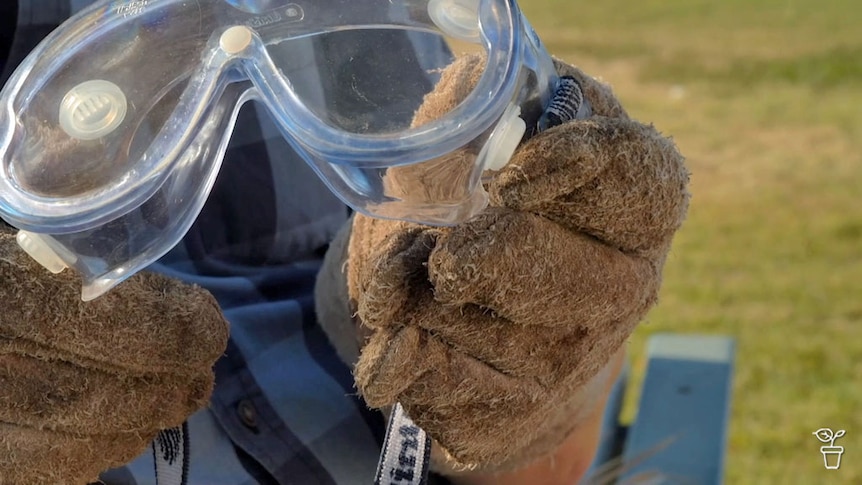SERIES 36 | Episode 12
The Canary Island Date Palm thrives across Australia from Darwin to Tasmania and is heat and frost tolerant. Their grand looks were much favoured in the Victorian era and their adaptability has made them popular plants in private gardens as well as public landscapes ever since.
However, the plant poses significant risks. The edible, date-flavoured seeds are spread by rats and birds, introducing it to bushland and other areas where it should not be. It’s an environmental weed in NSW and Victoria and has become naturalised pretty much wherever they are grown.
They also pose a direct risk to humans and other animals. The spikes at the base of each frond are super sharp and can pierce through almost anything. When the fronds fall these vicious spines are left facing upwards – in the perfect position for a gardener, animal or small child to be pierced.
Because the palms are home to many animals, the fronds are often coated with a cocktail or bacteria and fungi, adding the risk of infection to any injury. Don’t try to remove the spike yourself, as they can fracture and break off; go to a hospital for treatment.
Removal of palms is the best solution but if this is not possible or desirable, then use experienced arborists to carry out routine maintenance, removing fronds before they fall to keep your household safe.
If you must deal with any fallen fronds yourself, wear protective eye goggles and sturdy leather gloves, but remember that the spines are still able to pierce leather!
Featured Plants CANARY ISLAND DATE PALMPhoenix canariensis *
* Check before planting: this may be an environmental weed in your area

